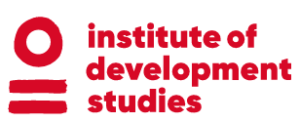This paper exploits a unique panel dataset of households in Mopti whose baseline was collected in January 2012, just prior to the outset of the civil war in Mali. The follow-up survey was implemented in January 2017, in the midst of a rapidly intensifying armed conflict in the region.
This paper addresses three research questions: (i) which pre-crisis characteristics of villages best explain the subsequent local presence of armed groups and local intensity of conflict-related violence? (ii) How the presence of armed groups and conflict-related violence are related to each other, and how they manifest themselves in the lives of communities? and (iii) what role the presence of armed groups and conflict-related violence play in the geographic allocation of aid?
Answering these questions help us shed light on the determinants of vulnerability to conflict, on processes of armed conflict and on the relationships between aid and conflict.

